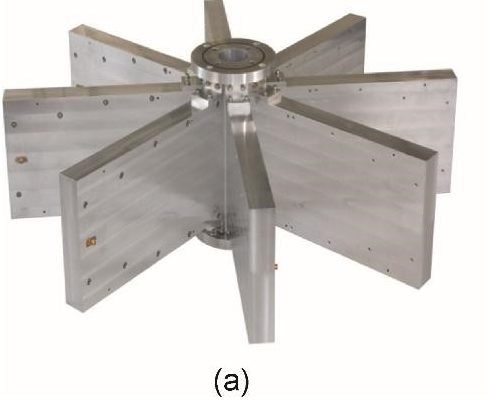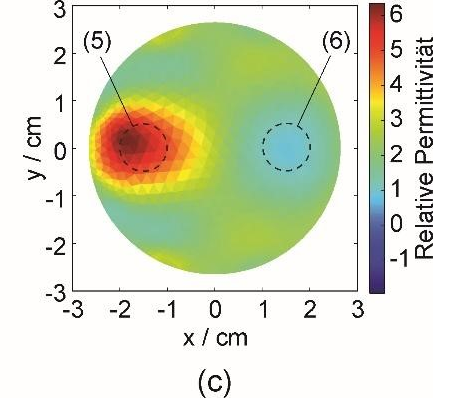B1
Particle tracking in bulk solids based on microwave multiple input multiple output systems
Doctoral candidates / Postdocs


The purpose of this project is the investigation of a measurement system for both spatially and timeresolved detection of macroscopic (diameter from millimetre to centimetre range) moving particles. Within BULK-REACTION, the system is used to obtain insight into the trajectories of multiple particles in moving bulks in industrial dimensions. Measurements are performed based on frequency modulated continuous electromagnetic waves (FMCW), combining radar processes with micro-wave tomography methods. The micro-wave technologies provide a large depth of penetration if an appropriate frequency band is utilised. Thus, the complete material bulk can be observed and enables real time observations. For that purpose, a MIMO (Multiple Input Multiple Output) system using multiple coherent transmitters and receivers is considered. Compared to magnetic tracking methods, this coherent electromagnetic approach enables the scalability and robustness that is necessary for investigations on industrial scale facilities during operation. Thus, even large-sized reactors can be observed with moderate effort. As the signals cannot propagate through metals, high temperature stable dielectric windows (e.g. ceramics) with low dielectric losses for cladding and/or lid of the reactor have to be designed for coupling signals into and out of the reactor. Tracking of single particles can be done with the assistance of suitable modifications (tags, e.g. tungsten or platinum group metals for high temperature usage) to differentiate them from the bulk material without a significant change of their geometric properties or weight. Different frequency selective and transpolarising tags are intended to allow for parallel tracking of multiple particles. It is necessary for the marker tags to be similar to the observed material in terms of density and geometric dimensions to gather representative results of the particles trajectories within the process. A time resolution of up to 1000 measurements per second is targeted as well as a spatial resolution in the millimetre range.
Thus, this project aims at five central scientific questions:
- Which geometric arrangement and number of transmitters and receivers is suitable?
- Which frequency range and dynamic range is necessary for reactive bulks?
- Which materials and designs qualify for microwave coupling structures?
- Which marker particle concepts are suitable and how do they have to be engineered?
- Which algorithms allow for a robust and high precision tracking of multiple particles?




